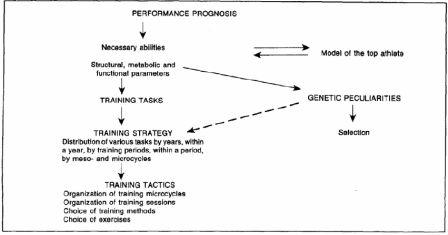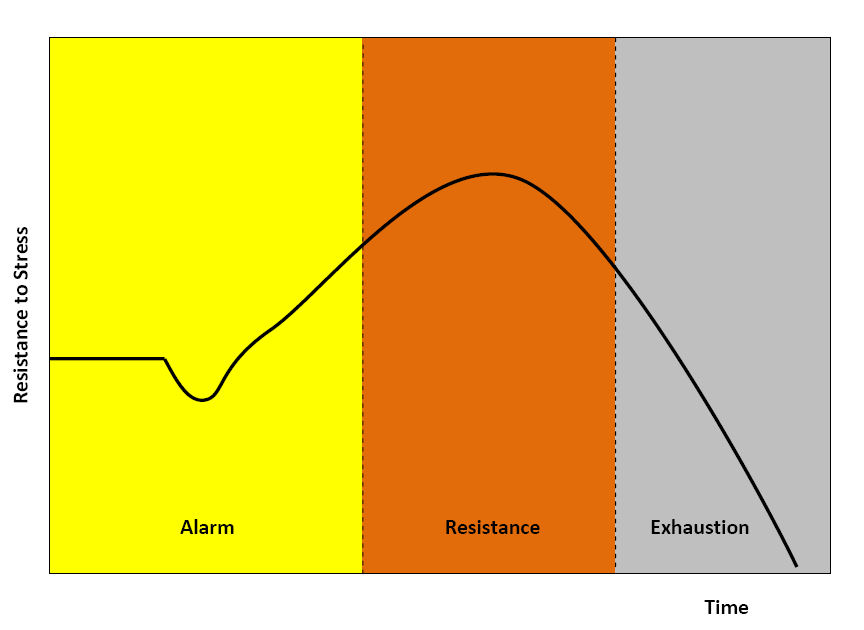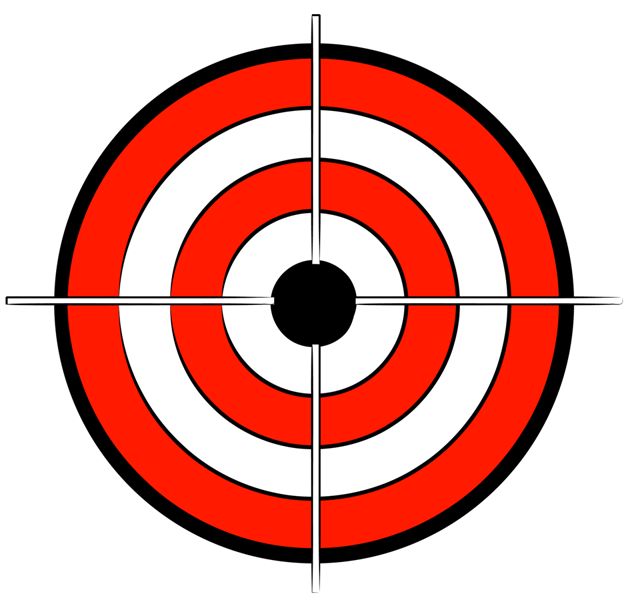
The whole point of exercise is to create a series of adaptations that lead to increased performance. If you exercise one time, you only create an acute response, not an adaptation. Lump multiple responses together in series and over time those responses will lead to an adaptation – the goal of training.
One major adaptation (some argue the only one) we seek is enhancing our athletes ability to express higher levels of energy (strength, elasticity, endurance, etc, etc.) in a single bout (powerlifting, olympic lifting, track and field events) or repeated bouts (team sports).
Our main tool, obviously, for enhancing athlete’s energy expression is exercise. But just HOW we go about programming for that makes all the difference between optimal results and leaving too much on the table. Here are some fundamental concepts/principles that I think every coach should understand fully in order to cover all your programming bases and ensure athletes are getting everything they can out of your programming.
This list could also be called “Principles That Limit Performance Outcomes.”
Stress & Response
 A physiological system will respond to stimulus provided it is of threshold intensity. Meaning, the system must recognize the stimulus exists. If you do not provide your athletes with enough stimuli, the higher level of adaptation will not be achieved. Yet at the same time, it’s critical to understand that in the perspective of long-term athletic development, we should only apply just enough stimuli to get the desired adaptation.
A physiological system will respond to stimulus provided it is of threshold intensity. Meaning, the system must recognize the stimulus exists. If you do not provide your athletes with enough stimuli, the higher level of adaptation will not be achieved. Yet at the same time, it’s critical to understand that in the perspective of long-term athletic development, we should only apply just enough stimuli to get the desired adaptation.
If you apply a ton at the beginning you may get a positive outcome, yet you’ll have to keep applying greater and greater levels of stimulus, which eventually could yield a negative outcome if it didn’t happen already. If you do not remove the stimulus at the right time, or if you prolong it beyond extremes of one’s capacity, you could end up with a negative adaptation (injury, chronic sympathetic/parasympathetic dominance, etc.).
Formally, this process has been described as General Adaptation Syndrome (GAS). Many of you have already heard of this, so, as to not insult anyone’s intelligence here is a cliff notes version. GAS includes 3 component parts/phases
- Alarm Phase – initiation or mobilizing of systems. It actually begins before exercise starts. This gives credence to the idea that exercise has a strong emotional/psychological component.
- Resistance/Fitness Phase – Develops capacities and reserves. Only possible with threshold stimulus.
- Exhaustion/Distress Phase – Acutely this refers to what immediately shuts down exercise. Chronically, this is when illness or injury is developed over time.
At the end of the day, all we do as coaches is stress management. We apply it, take it away, management it, and get adaptations. If you’re not getting what you want, then you need revisit stress management. For further readings/insights on stress and its implications to training see HERE, HERE, HERE, and HERE.
Overload
This plays off the previous concept in that if we habitually overload system(s), responses will lead to adaptations. The appropriate stressor that is applied to the system is controlled in a number of ways. Most familiar to us are those of:
- Load/Intensity
Volume (time) - Repetition
- Rest Periods
- Frequency
Each variable can be manipulated to bring out a desired response and over time adaptation. However, unintended stresses (life stress, etc.) can add/subtract to the desired effect or lack thereof. This is why having some kind of monitoring system is critical so you can monitor the total functioning of the athlete and not just the variable outputs you see right in front of you. The most common monitoring tools coaches use are heart rate variability, resting heart rate, performance measures, and subjective feedback.
Specificity

This matters less for new trainees and more for advanced ones. Put simply, training only one or number of qualities simultaneously with beginners, will cause a concurrent rise in many qualities, all of which, will enhance performance.
Training a number of qualities concurrently with an advanced trainee may result in no change, a decrease in, or only a slight gain in performance. When training the advanced, figure out what qualities make up elite performance in the reference activity or sport then contrast that to the athlete.
Whichever he/she is lacking most (weakest link), train it. However, do it in as specific way as possible. The more advanced the athlete the more specific the stimulus (stress) needs to be, biomechanically and/or biochemically, for it to actually carry over to performance.
Residuals and Reversibility
Adaptations to exercise are not permanent. Some last longer than others. Some must be maintained by greater intensity and/or frequency of stimulus. If you do not maintain/enhance the adaptation it will regress to pre-exercise levels.
Absolute strength, elasticity, impulse, ana/aerobic power and capacity, mobility, stability, etc. etc. etc. all have residuals. Given that there’s only 24 hours in a day, a certain amount of time per week, month, off-season, and in-season you need to plan out when/what qualities you would like to peak/maintain during which parts of the macrocycle.
Design your program around residuals. How long and to what degree does each adaptation last? Depends on how you previously applied the stimulus, the individual your applying it, etc. This is a multifactoral issue that is only brought about by coaching experience.
Provided you had a good monitoring tool, after you’ve applied stressors in a certain way a number of times you will discover about how long each lasts relative to your programming style. Academic research can aid in this process but odds are likely the methods of which were different than the way you do things thus accounting for a different residual in your setting.
Individuality
Everyone is an individual. However, some individuals are very similar, very different, or somewhere in between. At the very least you need to prioritize individuality initially before making any assumptions.
Individuality is also a multifactoral issue and each factor should require more or less insight on your part before moving on with programming. It just depends on the reference. Yet, if we are seeking the very best objective absolute level results possible from our efforts then creating an individual profile should be the first step. This applies to all aspects of programming be it Frame & Tires, Engine, or Fuel related.
Conclusion
No matter if you’re training a beginner, intermediate, or advanced level athlete, these principles all apply. How you go about programming for a beginner compared to advanced athlete might be very different, but the approach is still principle led. In reality, you may skew the emphasis of one of the above concepts over another depending on the level of athlete, but the purposeful application of each still remains in the thought process. Understanding these concepts fully can help give your training direction and purpose, which in the end, leads to better objective results on an absolute level.

Comments